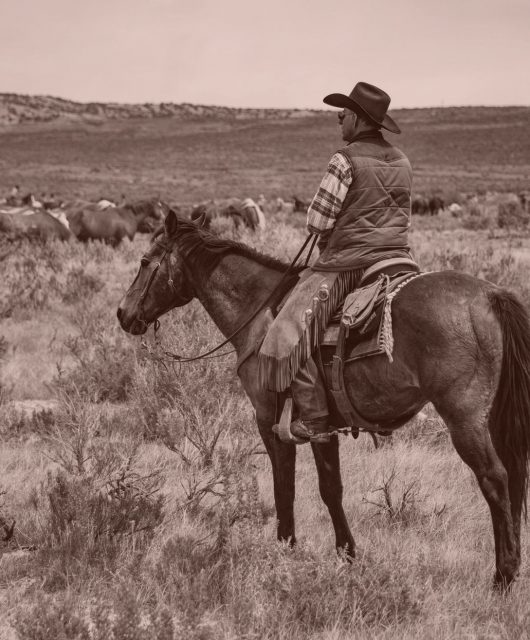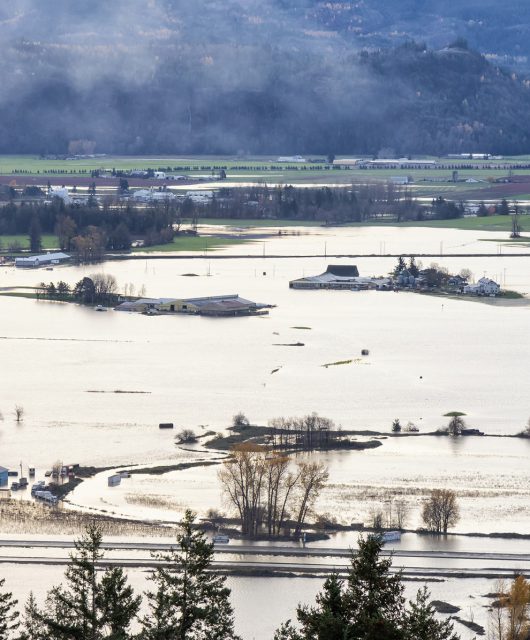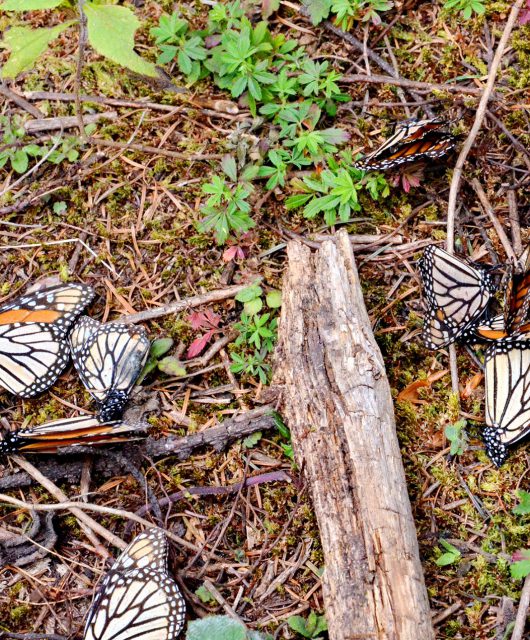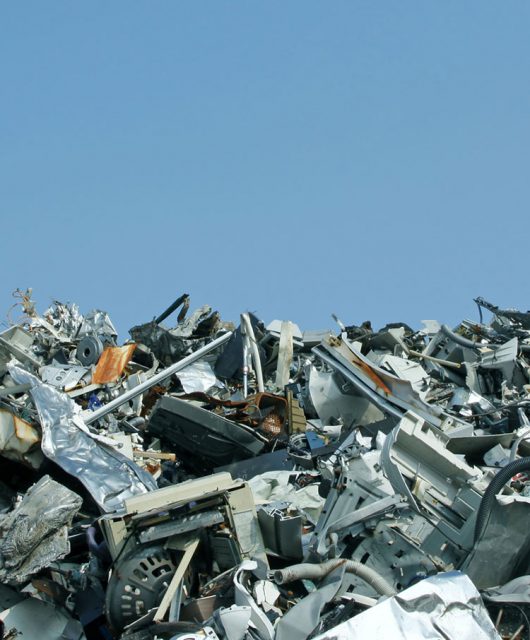When did a lush, green lawn become a “healthy lawn”?
Today, lawns consist of ornamental turf grass that is mowed and controlled to achieve a certain aesthetic. Lawns with “weeds” such as clovers and dandelions are considered un-kept and messy. This mindset, however, poses problems for the environment and our local pollinators.
A lawn comprised of only turf grass removes valuable habitat for native bees and other pollinators that are very important for the growth of our fruits and vegetables.
Fortunately, there are steps you can take to create a pollinator-friendly lawn!
Plant a low-growing flowering species
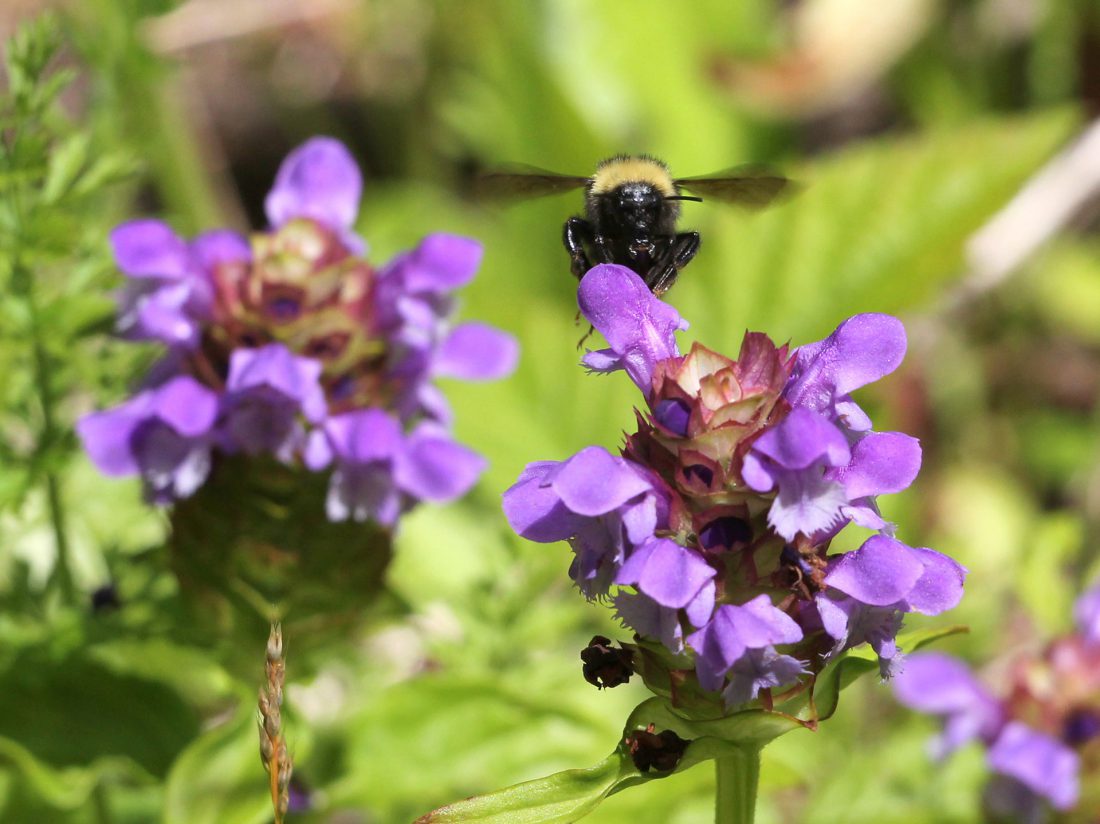
This is an easy and fast way to improve pollinator habitat in your own back (or front) yard! Planting pollinator-friendly flowers involves three steps :
- Choose the right flower species for your lawn. Do you have lots of moisture in your lawn? Choose Lanceleaf Self-heal! Do you have a well-drained lawn? Choose Creeping Thyme! Do you have a mix of sun and shade? Choose Dutch White Clover !
- Provide enough seed to ensure your new flowering plants can grow in your lawn. If you have a dense lawn, you can help the flower seeds to grow by mowing your lawn very short before spreading the seeds .
- Make sure your seeds get enough water to grow! Planting in the spring can help or you can water your seeds for the first couple of weeks .
Mow Less!
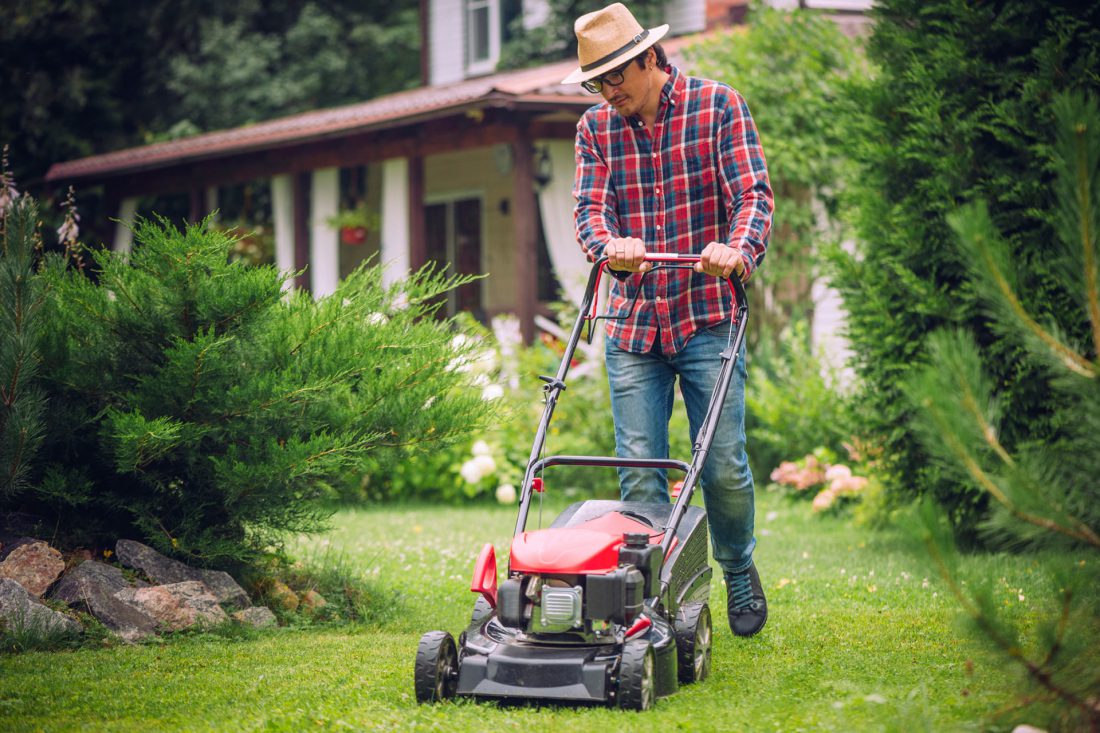
Adopt the “lazy lawnmower” approach and mow your lawn once every two to three weeks (or less). Reducing mowing saves you time and money and helps pollinators! This practice can be adopted by anyone – it’s an easy, cost-free alternative to planting a pollinator-friendly garden.
Mowing less frequently helps to establish a flowering lawn, which improves habitat for bees and other pollinators and can increase the number of bees in urban areas. This is beneficial for bees and for our crops! A flowering lawn, in addition to creating more habitat and food for pollinators, also displays a creative approach to enriching urban areas.
By planting pollinator-friendly flowers and reducing mowing, you can make an impact on our environment and play a part in helping pollinators. Bees and other pollinators will benefit from the improved habitat!

